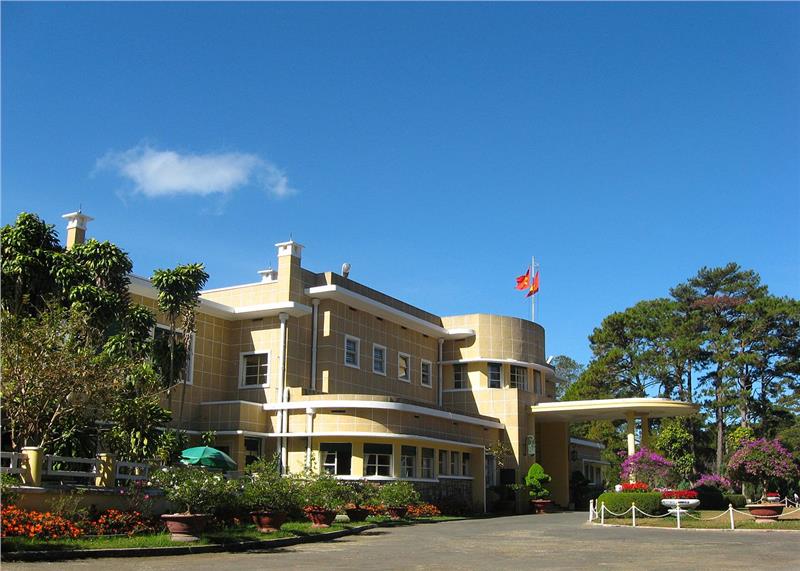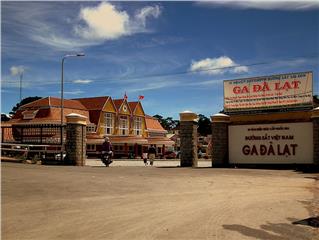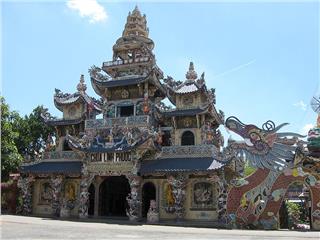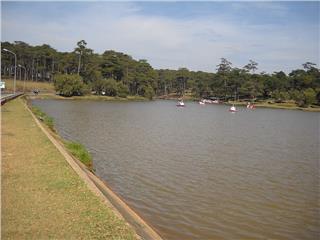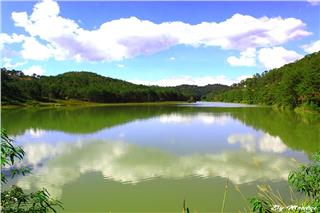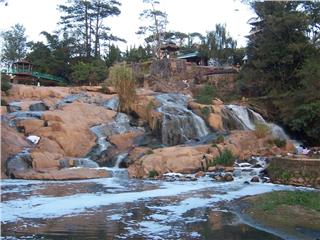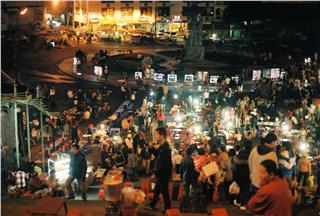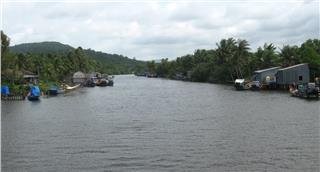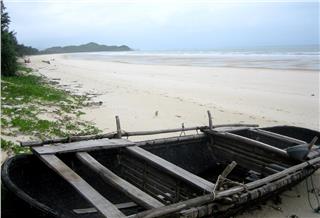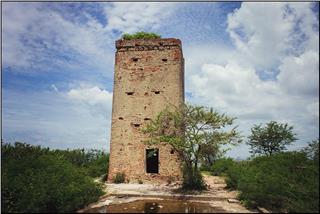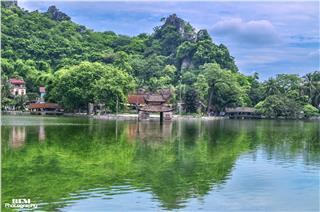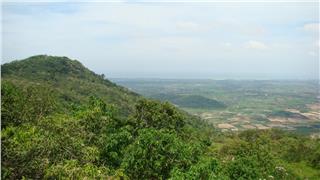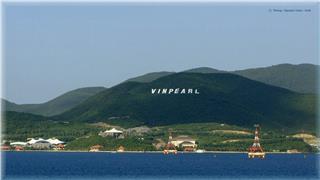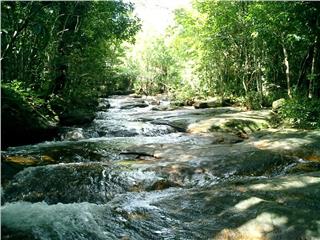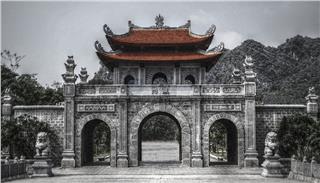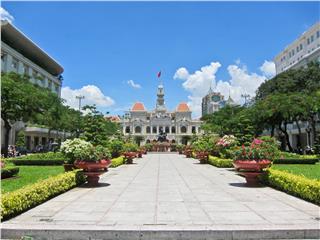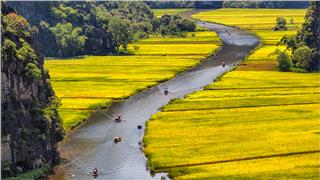One of the most fascinating highlights charming Dalat highland is French architectural heritages which still hide in the pine groves. Bao Dai Palace with its unique architecture is one of spectacular heritages that leave deep impression for tourists.
Bao Dai Palace Dalat consists of Palace I, Palace II, and Palace III. Impressively, Palace III, also referred as Bao Dai Palace or Bao Dai Summer Palace has attracted the majority of tourists visiting. The reason why it becomes such popular attraction that King Bao Dai is that the last Emperor of the Nguyen Dynasty in Vietnam’s feudal regime had implemented a spectacular architectural works. In addition, it is the best preserved one in the Bao Dai's palaces in Dalat City. Located on Trieu Viet Vuong Street, far from around 2km to the Dalat city center to the southwest, Bao Dai Palace (Palace III) was constructed by a French architect and Vietnamese architect Huynh Tan Phat during 6 years, from 1933 to 1938. The palace was surrounded with Ai An forest on the hill-top, under Dalat embellishment project for head-of-state Palace by Hébrard. The entire building is deeply influenced by European architectures with a harmony between pine forests and parks. This is an incredibly elegant mansion, nested in poetic scenery of a pine hill at an altitude of 1.539m above sea level.
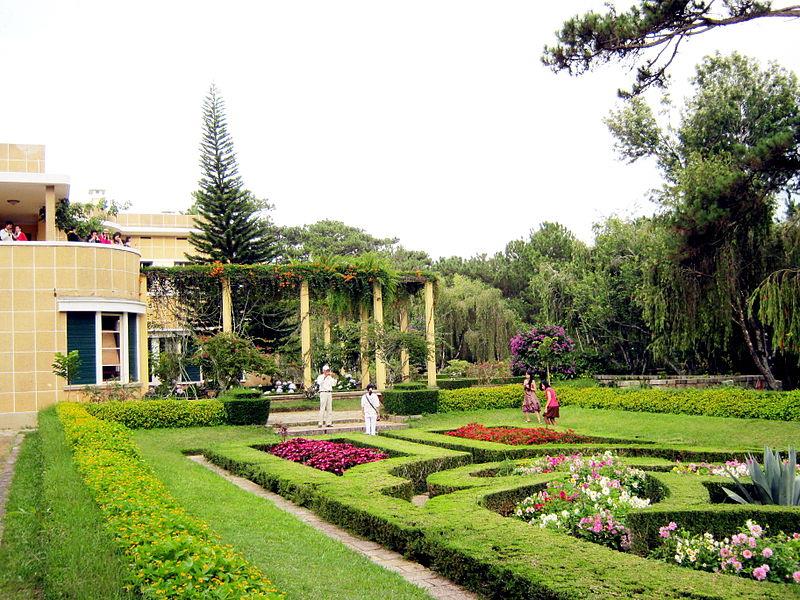
Bao Dai Palace is gradually becoming an appealing tourist attraction in Dalat tourism. It is a monumental architectural works with the flat roof and cube-like art deco exterior. The entire architecture of the palace offers tourists a sense of soothing and relaxing. It might be the ingenious harmony between natural beauty and human creativity: the pine forest, flower gardens, ornamental plant pots, lakes, barren vines, the green grass cramming in rocks on the footpaths surrounding the mansion. It is actually a peaceful and romantic picture. The outside scenery and inside spaces are connected to each other through the aisles sorted extremely reasonable. In particular, glazed windows are available in all rooms in the palace. Thanks to the design style, those who are inside the mansion also retain a feeling of the closeness to nature without stifling.
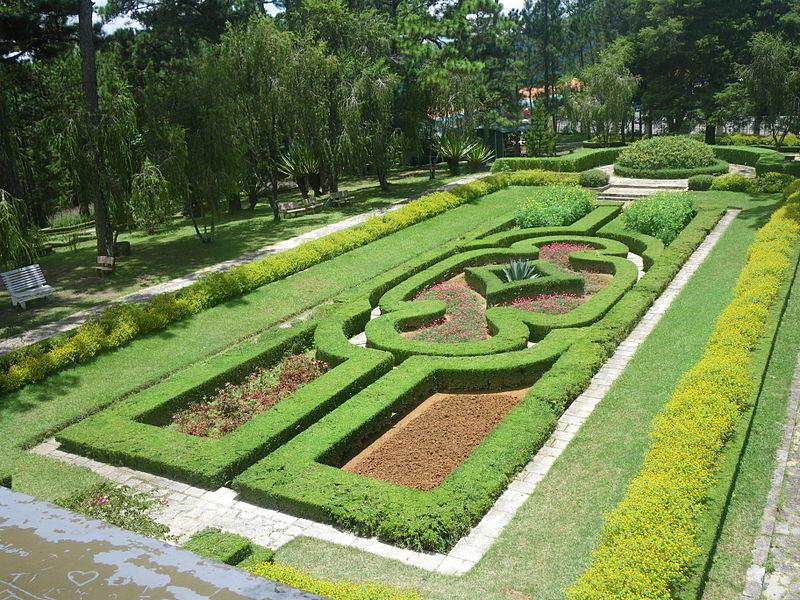
Bao Dai Palace consists of 2 floors: the ground floor is home to meetings, banquets, welcoming foreigners and government officials. The main gate is about 4m wide, with the large lobby. On the entrance to ground floor are a reception hall and other facilities. King Bao Dai's office and the library are on the right. Here, it is the place for conserving the military seal, Heirloom Seal of the Realm, national credentials, and flags of states having diplomatic relations, and busts of King Bao Dai and his father, King Khai Dinh. The left are the meeting room and other operating rooms, and inside is the recreation room. The particular design of the palace fitted with architectural miniatures inside and outside through the aisles and the glazed windows creates an absolutely harmonious combination between the architecture and the nature. Meanwhile, upstairs is the living space of the king and his family, including the King's bedroom, the Queen Nam Phuong's bedroom, princes' rooms, princesses' rooms, and galleries on family photos and daily items. Particularly, near the bedroom of the King stands a beautiful tower called Vong Nguyet (The Watching Moon Balcony), where the King and the Queen enjoy the moonlight.
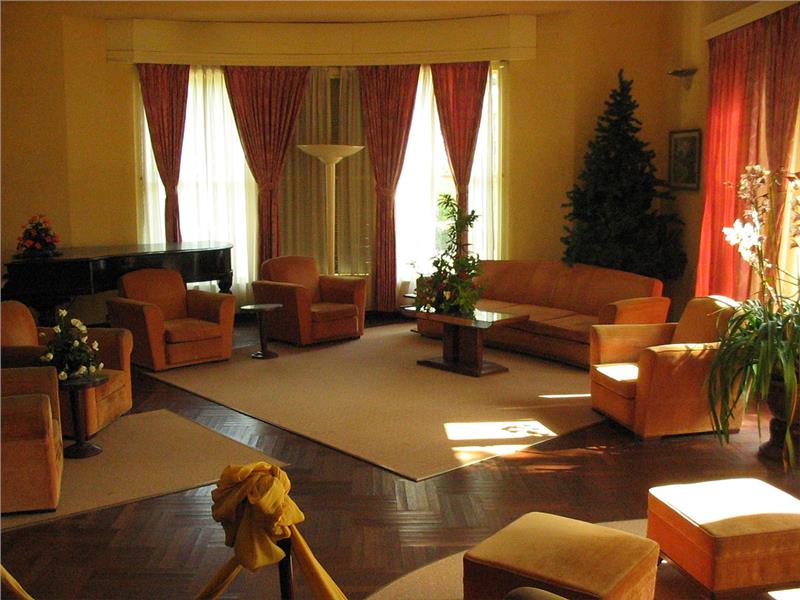
From 1949, when the Queen Nam Phuong took her children to France, Bao Dai had some relations with 3 concubines: Bui Mong Diep, Phi Anh and Jeny Wooong (from Hong Kong). After the King had gone in exile in France, Place III became the holiday home of Ngo Dinh Diem and then Nguyen Van Thieu. For years, the Palace had been under the management of the People's Committee of Lam Dong province in management and has just assigned to Xuan Huong travel service Company managing from mid-2000. Bao Dai Palace is one of the unique European architecture. It also contains numerous precious royal antiques. It is currently appealing attraction in Dalat - Flower City.
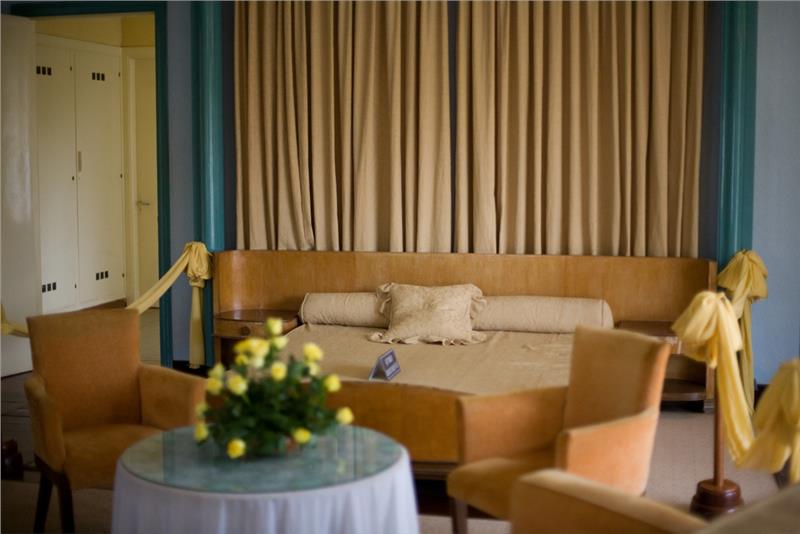
Bao Dai Palace is located on a high hill, occupying a large area covered with pine forests surrounding. Notably, the architectural works is just a gentle highlight, glistening between trees and nature All of Bao Dai palaces in Dalat though influenced by particular architectures, it still retains it own unique values. Especially, its harmony with the natural elements is expressed in just taking advantages, embellishing the beauty of nature. Bao Dai Palace is worthy enchanting tourist attraction in Dalat travel.
